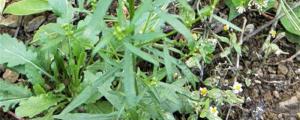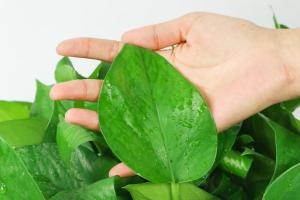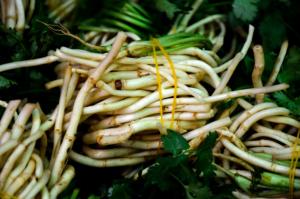How Do Trees and Plants Prepare for Winter?
Winter can be a harsh season for trees and plants. With freezing temperatures, lack of sunlight, and snow-covered soil, it is important for these organisms to prepare adequately to survive the season. Here we will discuss some of the ways that trees and plants prepare for winter and how they manage to survive the cold.
Adjusting Growth and Activity
During the fall, trees and plants start to slow down their growth and prepare for dormancy. This process involves shedding leaves, reducing photosynthesis, and conserving energy. As temperatures drop and days become shorter, trees and plants also reduce their metabolism, allowing them to slow down and conserve resources. In addition, they also redirect energy towards root systems to prepare for the coming winter.
Producing Antifreeze Proteins
Antifreeze proteins are an important adaptation that many trees and plants use to survive the freezing temperatures of winter. These proteins work by preventing ice crystals from forming within the plant or tree's cells, which can cause severe damage. The proteins allow the organism to maintain a liquid state even when temperatures drop below freezing, ensuring that vital organs and systems can continue to function.
Securing Nutrients and Water
During the winter, trees and plants often have to deal with frozen soil and a lack of water. To survive, they must secure their nutrients and water resources before the ground freezes. Trees and plants often do this by withdrawing moisture and nutrients from their leaves and stems and transferring them back to the roots. They also store additional nutrients and water in their root systems to sustain themselves during the winter months.
Adapting to Snow
Snow can be both a blessing and a curse for trees and plants. On one hand, it can act as an insulating layer, protecting the plant or tree from extreme cold temperatures. On the other hand, it can also damage branches and limbs by adding extra weight, causing them to snap. In response to snow, some trees and plants adapt by producing shorter, sturdier branches that are less likely to break under the weight of snow.
Conclusion
Trees and plants have many adaptations that allow them to survive the harsh winter season. By adjusting their growth and activity, producing antifreeze proteins, securing nutrients and water, and adapting to snow, they are able to weather conditions that would be fatal for most other organisms. These adaptations not only protect them during the winter but also allow them to thrive during the warmer months when conditions are more favorable.

 how many times do yo...
how many times do yo... how many planted tre...
how many planted tre... how many pine trees ...
how many pine trees ... how many pecan trees...
how many pecan trees... how many plants comp...
how many plants comp... how many plants can ...
how many plants can ... how many plants and ...
how many plants and ... how many pepper plan...
how many pepper plan...































